Tucson Water Quality at a Glance
legacy contamination
Is Tucson Water Safe to Drink?
Technically Compliant, But Concerning Legacy – Tucson water meets federal standards but contains 26 different contaminants, 10 exceeding health guidelines. Key issues include legacy TCE contamination from 1950s industrial dumping, emerging PFAS “forever chemicals” from military bases, and multiple cancer-causing chemicals including arsenic (509x above health guidelines), chromium-6 (32x above guidelines), and trihalomethanes. Most groundwater sources now unusable due to contamination.
⚠️ Key Concerns for Tucson Residents
- TCE Superfund Legacy: Decades of industrial dumping (1950s-1980s) created a Superfund site; cancer clusters documented in South Tucson neighborhoods
- PFAS “Forever Chemicals”: Rising contamination from Air Force bases and airport firefighting foam; 700% spike from 2017-2021 forced treatment plant closure
- Extreme Arsenic Levels: 509 times above health guidelines; chromium-6 at 32 times safe levels from industrial sources
- Switched Water Sources: City abandoned most groundwater wells due to contamination; now relies on Colorado River water after decades of using local aquifer
Read the full report below for detailed analysis, city-specific data, and actionable recommendations for Tucson residents.
Tucson – Arizona – Water Quality Report 2025: PFAS Testing, Infrastructure Concerns & Safety across your city
Tucson Water provides comprehensive water services to approximately 550,000 residents across the greater Tucson metropolitan area, including the neighboring communities of Oro Valley, Marana, Sahuarita, and parts of unincorporated Pima County. As one of Arizona’s most innovative municipal utilities, the system delivers water through an extensive network of distribution lines, wells, and treatment facilities that serve Arizona’s second-largest city and surrounding desert communities.
Tucson sources its drinking water from two primary sources: Colorado River water delivered through the Central Arizona Project (CAP) canal (now the majority source) and remaining groundwater from the regional aquifer. After decades of contamination forced the closure of numerous groundwater wells, Tucson now employs a unique “recharge and recovery” system where CAP water is stored underground in the aquifer through large infiltration basins, then pumped out later for treatment and distribution. This innovative approach has allowed Tucson to reduce its per capita water consumption by 37% since 1996, making it a national leader in water conservation and sustainable water management in the arid Southwest.
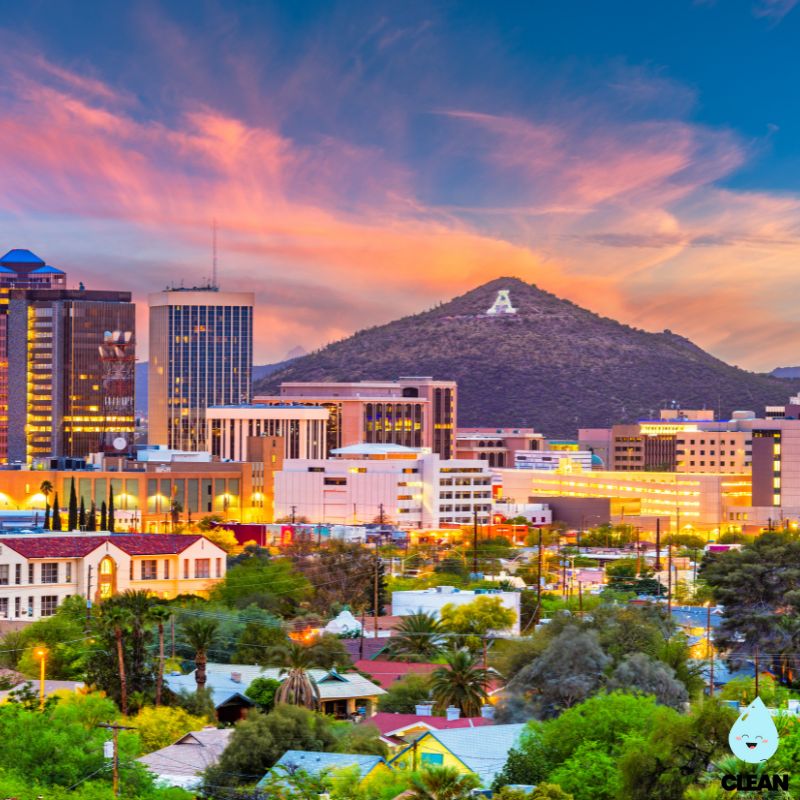
Tucson Water Quality: Current Status (2024-2025)
Latest Testing Results
- Lead and Copper Monitoring: Tucson Water maintains full compliance with EPA Lead and Copper Rule regulations, with recent testing showing levels well below federal action thresholds. The utility is implementing new Lead and Copper Rule Revisions requirements effective October 2024.
- PFAS Monitoring: Following new EPA regulations in April 2024, Tucson Water has detected PFAS compounds in the regional aquifer and has taken five wells offline since 2021 to ensure compliance with new federal standards, with additional wells requiring advanced treatment systems.
- Compliance Status: Tucson’s water consistently meets all federal and state drinking water standards, maintaining compliance with EPA and Arizona Department of Environmental Quality regulations across all monitored parameters.
Water Sources
- Central Arizona Project: Primary source delivering Colorado River water through the CAP canal system, now the majority of Tucson’s water supply due to groundwater contamination issues requiring well closures.
- Regional Aquifer: Secondary source from the Tucson Active Management Area groundwater basin, with many wells taken offline due to TCE and PFAS contamination from decades of industrial dumping and military activities.
- Aquifer Recharge: Comprehensive underground storage program utilizing infiltration basins in Avra Valley to store excess CAP water for future recovery, providing emergency water storage capacity and natural filtration through soil layers.
Advanced Treatment Technology
- Legacy Contamination Treatment: The Tucson Area Remediation Project (TARP) operates advanced treatment systems for TCE, 1,4-dioxane, and other legacy contaminants from industrial dumping that began in the 1950s, creating one of Arizona’s Superfund sites.
- PFAS Removal Systems: State-of-the-art activated carbon and advanced oxidation treatment systems installed at affected wellheads, with ongoing federal funding support and EPA emergency orders directing military cleanup responsibility.
- Recharge and Recovery: Innovative indirect potable reuse system allowing natural filtration through soil and rock layers before extraction, providing additional treatment barrier and seasonal storage flexibility.
Infrastructure Modernization
- Distribution System Expansion: Ongoing construction of CAP delivery pipelines to suburban areas including Oro Valley, Marana, and Sahuarita to reduce groundwater dependence and improve system resilience amid ongoing contamination concerns.
- Smart Water Management: Implementation of advanced monitoring systems, automated meter infrastructure, and real-time quality monitoring throughout the distribution network to optimize efficiency and detect issues quickly.
- Future Treatment Capacity: Planning for advanced treatment facilities with federal funding support, including ongoing remediation of the Tucson International Airport Superfund site and enhanced PFAS treatment capabilities.
Customer Protection Initiatives
Tucson Water maintains one of the most comprehensive water conservation programs in the United States, helping customers reduce consumption through rebates, education, and innovative rate structures. The utility provides extensive resources including water quality reports, conservation assistance programs, and emergency response systems. Tucson’s leadership in water efficiency has positioned the community to better weather Colorado River shortages and climate challenges, with per capita water use dropping 37% since 1996. The utility’s proactive approach to legacy contamination like TCE and emerging contaminants like PFAS, combined with substantial federal funding for treatment upgrades and ongoing Superfund cleanup, demonstrates its commitment to protecting public health while ensuring long-term water security in one of America’s most water-challenged regions.
Recommendations for Tucson Residents
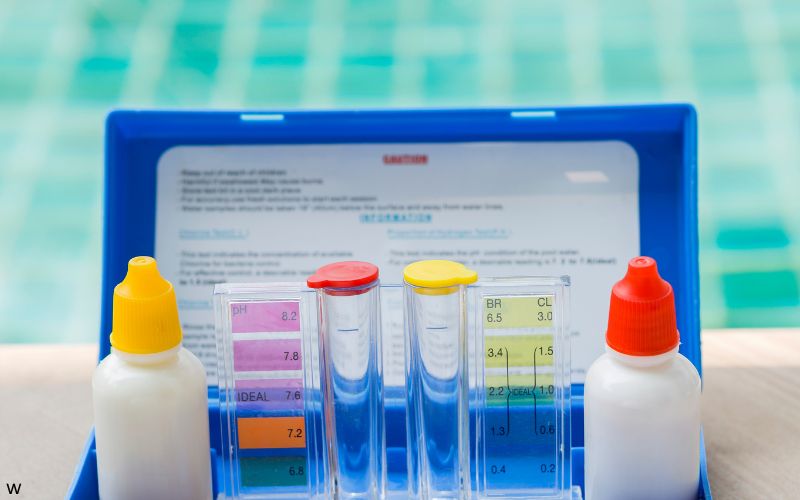
Test Your Water
Contact Tucson Water at 520-791-2650 for water quality testing information or visit tucsonaz.gov/water-quality. Testing is especially recommended for homes with private wells or concerns about PFAS contamination, particularly in areas historically affected by the Superfund site.
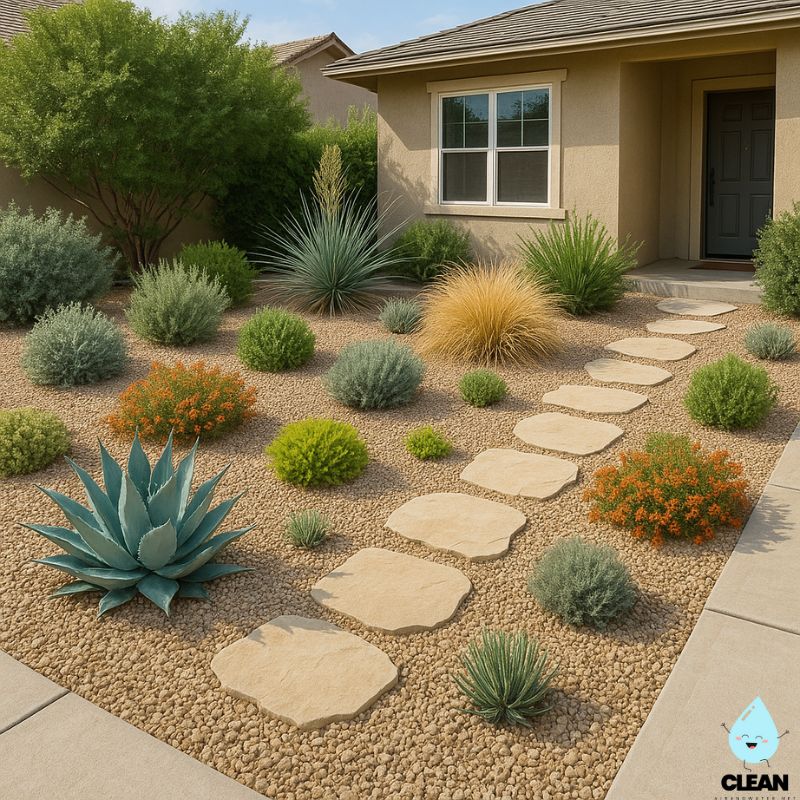
Maximize Conservation
Take advantage of Tucson Water’s extensive rebate programs for high-efficiency appliances, native landscaping, and rainwater harvesting systems. Follow outdoor watering schedules and consider xeriscaping to reduce water use.

Consider Advanced Filtration
While Tucson’s water meets all standards, homes concerned about PFAS, TCE legacy contamination, or other emerging contaminants may benefit from NSF-certified reverse osmosis or activated carbon systems for drinking water.
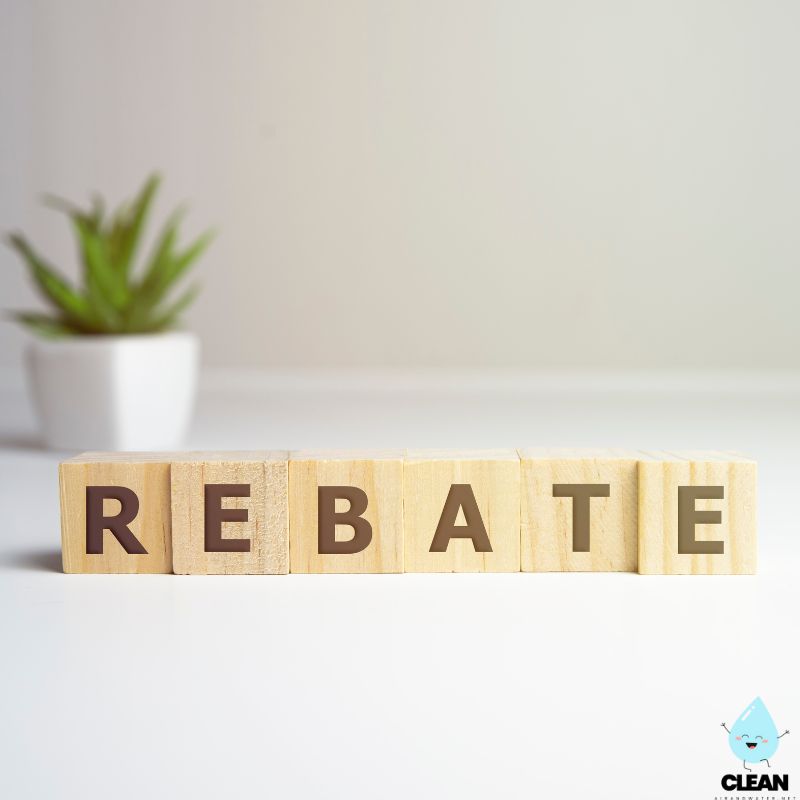
Participate in Rebate Programs
Apply for Tucson Water’s comprehensive rebate programs covering high-efficiency toilets, washing machines, rainwater harvesting systems, and native plant landscaping. Visit tucsonaz.gov/water-rebates for current offerings and applications.

Report Issues
Contact Tucson Water Customer Service at 520-791-2650 (available 24/7) for water main breaks, pressure problems, or quality concerns. Emergency after-hours service is available for urgent water system issues.
Frequently Asked Questions
Is Tucson’s tap water safe to drink?
Yes, Tucson’s tap water meets all federal and state drinking water standards. However, the city has a complex history with water contamination that required major changes to its water system over the past decades.
Tucson Water conducts extensive testing throughout the system and maintains compliance with all EPA regulations. The utility had to transition from primarily groundwater to Colorado River water due to legacy contamination from industrial dumping in the 1950s-1980s. While some wells remain offline due to TCE and PFAS contamination, the overall system continues to deliver safe drinking water that meets all regulatory standards through advanced treatment and source diversification.
What is PFAS and how is Tucson addressing it?
PFAS (per- and polyfluoroalkyl substances) are synthetic chemicals known as “forever chemicals” because they don’t break down naturally. In Tucson, PFAS contamination primarily originated from firefighting foam used at Davis-Monthan Air Force Base, Arizona Air National Guard, and Tucson International Airport.
Tucson Water has proactively addressed PFAS by:
• Taking five contaminated wells offline since 2021, with additional wells requiring treatment
• Installing advanced activated carbon and advanced oxidation treatment systems
• Working with EPA emergency orders directing military responsible parties on cleanup
• The TARP treatment plant temporarily closed in 2021 due to a 700% PFAS spike but reopened with enhanced treatment
The utility continues monitoring and treatment to ensure compliance with new EPA PFAS regulations implemented in 2024.
How does Tucson’s water recharge system work?
Tucson employs an innovative “recharge and recovery” system that became essential after groundwater contamination forced major changes to the water supply:
• Storage: Colorado River water delivered through the Central Arizona Project is pumped into large infiltration basins in Avra Valley
• Natural filtration: The water slowly percolates through soil and rock layers into the underground aquifer, providing natural treatment
• Recovery: The recharged water is later pumped from wells throughout the service area when needed
• Benefits: This system provides emergency storage capacity and helps reduce dependence on contaminated groundwater sources
This approach has allowed Tucson to maintain water security while dramatically reducing per capita consumption by 37% since 1996, even as many original groundwater sources became unusable.
Are there water restrictions in Tucson?
Tucson operates under Stage 1 Water Shortage Emergency Declaration with mandatory conservation measures:
Current Restrictions:
• Outdoor watering limited to designated days based on address
• No outdoor watering between 10 a.m. and 6 p.m. during summer months
• Prohibition on water waste including runoff and non-functional uses
Conservation Focus:
Tucson’s conservation program emphasizes long-term sustainability through:
• Extensive rebate programs for efficient appliances and landscaping
• Tiered rate structure that encourages conservation
• Education programs promoting desert-adapted lifestyles
Current restrictions and guidelines are available at tucsonaz.gov/water or by calling 520-791-2650.
Quality News About Your Water
Get the comprehensive water quality news coverage you need with our dedicated US Water News Service. From coast to coast, we deliver in-depth reporting and expert analysis on PFAS contamination, EPA regulatory changes, infrastructure developments, and emerging water safety issues affecting communities nationwide. While mainstream media only covers the biggest stories, we provide the detailed, ongoing coverage that helps you understand the full scope of America’s water challenges. Whether you’re a concerned citizen, water professional, or community leader, our daily updates and analytical insights keep you informed about the issues that matter most to public health and environmental safety.
Contaminants of Concern

PFAS Compounds
Source: Per- and polyfluoroalkyl substances originating from firefighting foam used at Davis-Monthan Air Force Base, Arizona Air National Guard at Tucson International Airport, and other military installations in the region
Health Effects: Research suggests potential concerns including impacts on immune system, liver function, cholesterol levels, and possible links to certain cancers and developmental effects
Current Status: Five wells taken offline since 2021 due to PFAS detection; TARP plant temporarily closed in 2021 due to 700% contamination spike but reopened with advanced treatment systems EPA Limits: New EPA regulations effective April 2024 with maximum contaminant levels of 4 ppt for PFOA and PFOS
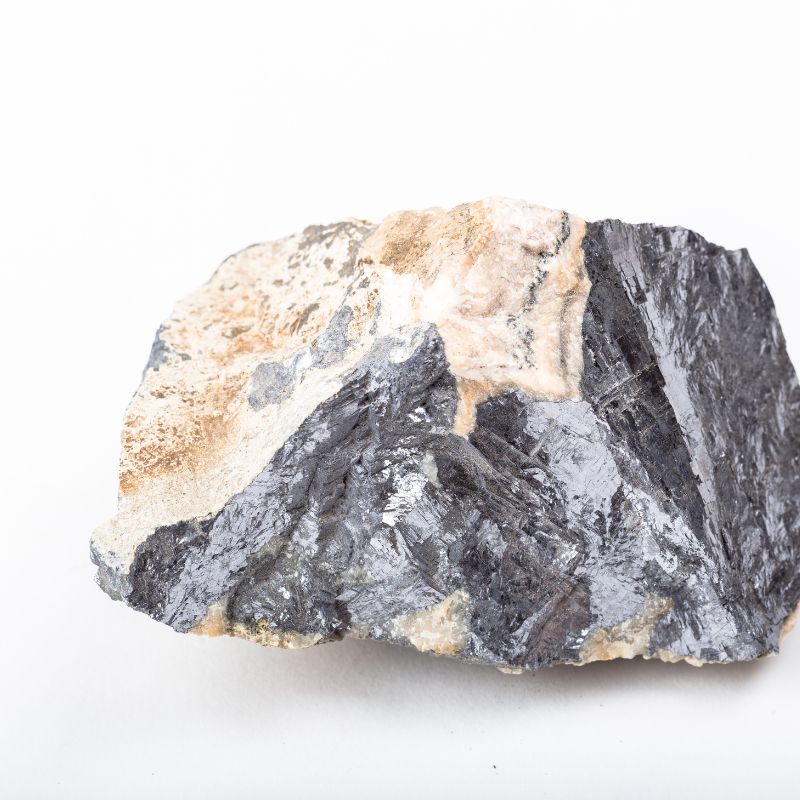
Arsenic
Source: Naturally occurring mineral deposits in the regional geology and aquifer formations, common throughout much of Arizona and the southwestern United States
Health Effects: Long-term exposure to elevated levels may increase risk of certain cancers, cardiovascular disease, and neurological effects; particularly concerning for children and pregnant women
Current Levels: Recent testing shows concentrations of 2.04 parts per billion in the distribution system, maintained below the EPA maximum contaminant level but 509 times higher than health guidelines EPA Limits: 10 ppb maximum contaminant level for arsenic in drinking water
Please read – our information
The information presented on cleanairandwater.net is compiled from official water quality reports, trusted news sources, government websites, and public health resources. While we strive for accuracy and thoroughness in our presentations, we are not scientists, engineers, or qualified water quality professionals.
Our mission is to present water quality information in an accessible, real-world format that helps people understand what’s in their water and make informed decisions about their health and safety. We believe that complex environmental information should be available to everyone in a format that’s easy to understand.
We make every effort to ensure our content is current and accurate, but we cannot guarantee that all information is complete or error-free. This website should not replace official communications from your local water utility or health department. We always recommend consulting official sources for the most up-to-date information regarding your specific water system.
Clean Air and Water is not liable for any unintentional errors, omissions, or outdated information. The content on this site is provided for informational purposes only and should not be considered professional advice.


